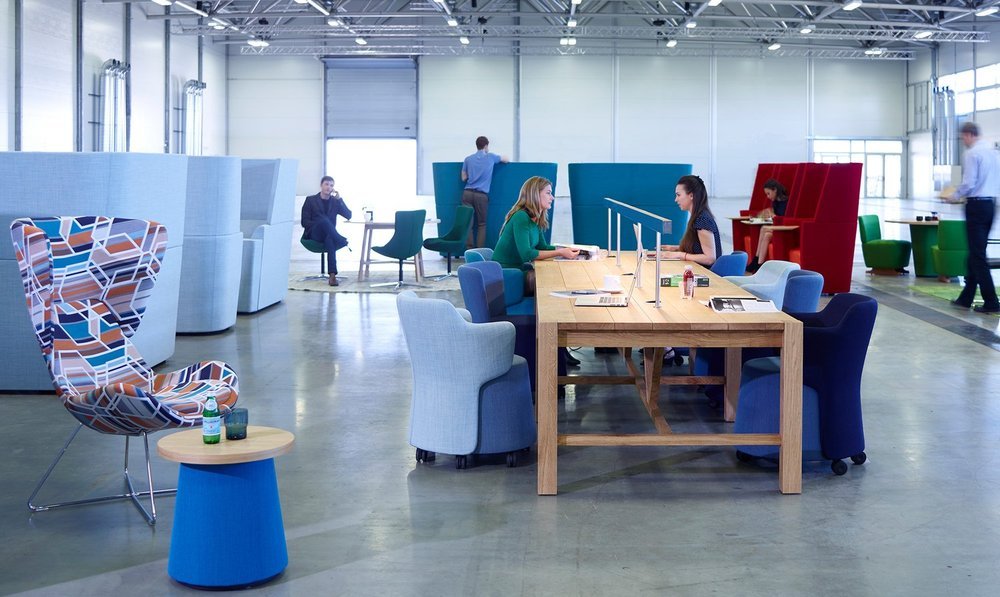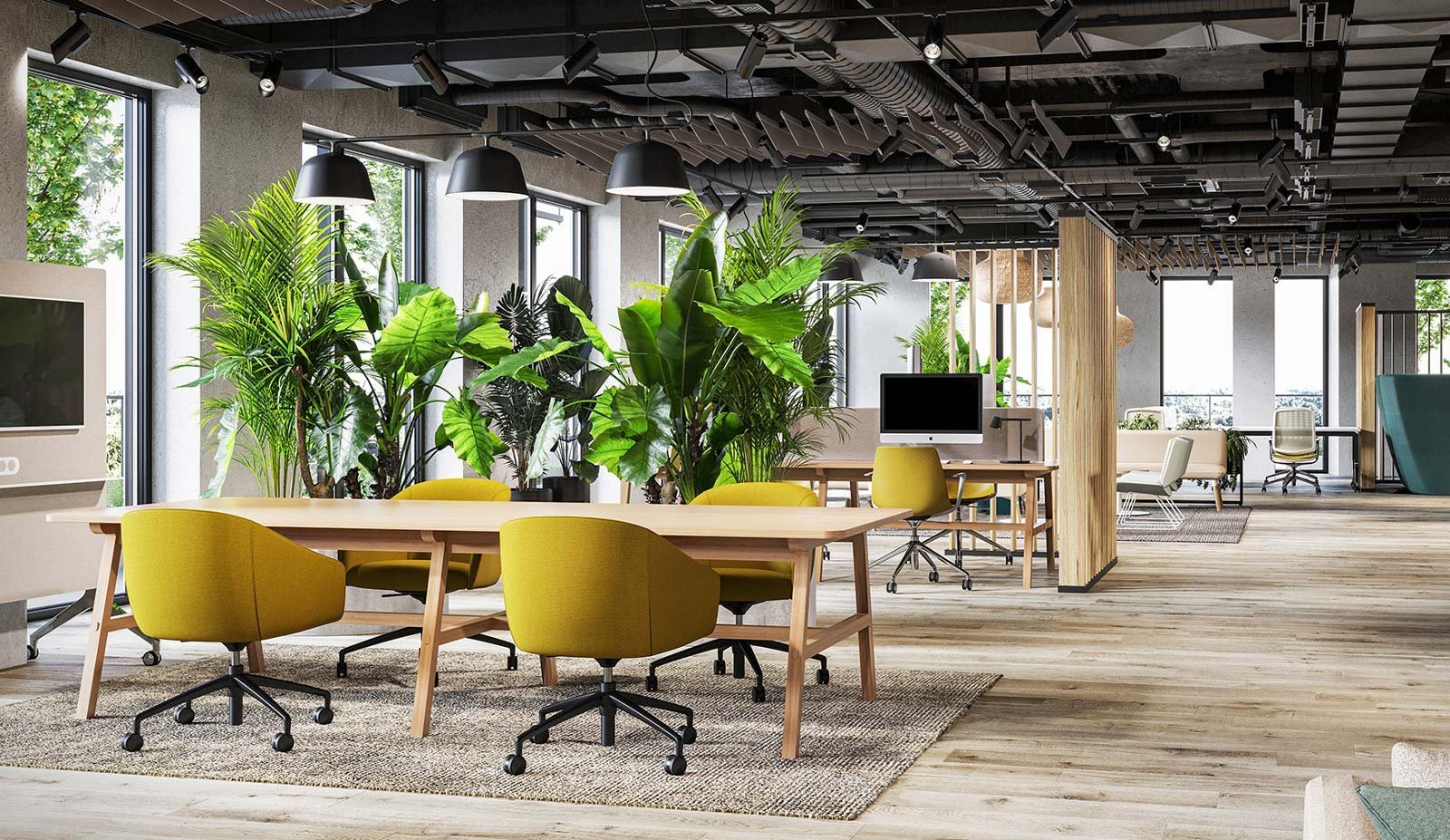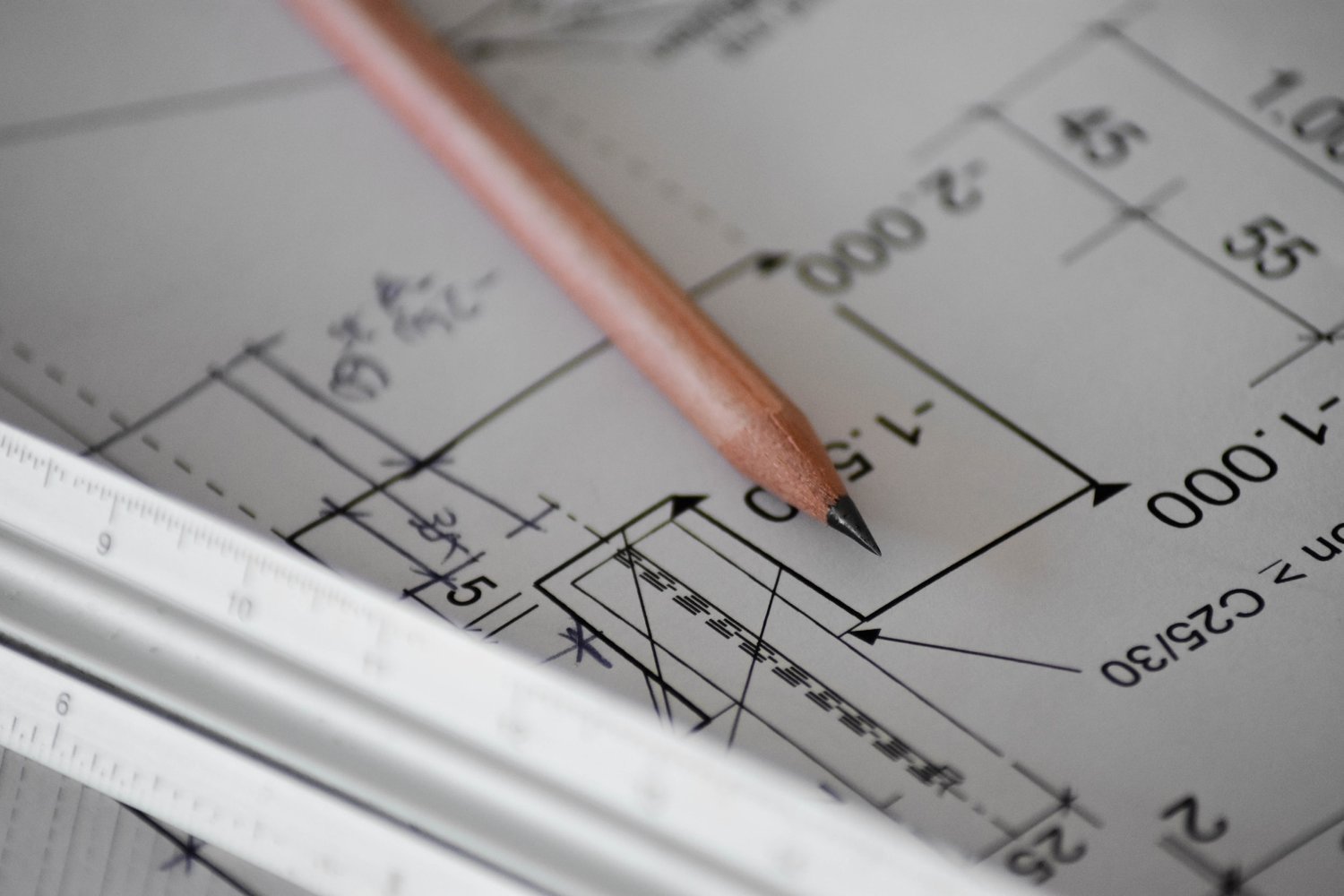Viva la office
Many people predicted the demise of the company office after the pandemic.
Those people seem to have conveniently forgotten the tales and videos widely shared of people working in their closets, off ironing boards, breaking their backs balancing laptops on their beds and juggling babies and cats on their laps.
Workplaces have certainly undergone a seismic shift since the pandemic – with the implementation of flexible, hybrid and blended working practices, as well as re-fits and re-designs to accommodate these new ways of working. But one thing hasn’t changed, the need for in-person camaraderie, collaboration and mentorship… oh and let’s not forget comfort.
Poor at-home office set-ups aren’t the only reason employees are returning to the office. People value connection - with other people, but also connection with their company’s culture – to give them a sense of purpose in their daily tasks. Zoom calls and Teams meetings are no substitute for informal chats by the watercooler or coffee machine, where social signals can be read, connections made, and rapport built.
Of course meeting in person is also an important opportunity to collaborate. Who wouldn’t rather nip across the office to share an idea with a colleague in-person rather than scheduling a call to discuss it? That closer interaction with other team members boosts creativity and productivity, but employers today need to recognise that encouraging their employees to return to the office is not only about providing them with an environment where collaboration and productivity can take place, but also an environment that supports their mental health and well-being.
Forward thinking businesses are realising the impact that supporting their employees by putting their health and well-being at the forefront can have, not just on productivity, but also their identity as a business. It’s often a key factor in attracting and retaining the best talent.
A Capital One survey found that “85% of office professionals surveyed believe flexible workplace design is important” and “83% said they have their best ideas when working in flexible space options.”
So what is flexible workplace design?
It’s about accommodating different types of work, as well as different working styles. When designing your office space, you need to consider everyone’s requirements. You may think that most task-based solo work can be done from anywhere, but some colleagues will value a buzz about the office, whereas others will require silence. At the same time, not all collaborative work is the same. Some collaboration will benefit from a board room table and formal meeting environment, whereas other collaborative projects require comfort and tools to stimulate creativity.
What type of workers do you have?
Here are some worker profiles to consider:
The Independent Worker: Needs their own space to focus and work productively. They complete their daily workload at their desks or focused spaces away from others, breaking away to attend meetings or socialise at breaks.
The Collaborative Worker: Expresses their ideas verbally and prefers to develop ideas as part of a collective group in a space designed for collaboration.
The Proximity Worker: Although they like to work independently and keep to themselves, they still like to reap the benefits of being around the hustle and bustle of the office environment, perhaps sitting at more traditional desking without needing to distance themselves from their co-workers.
The Relaxed Worker: Prefers to work away from traditional desking, instead choosing to use booths, dens, and soft seating to take on their workload in comfort.
Designing space to support different types of worker
The optimal office environment gives employees the autonomy to choose to work how they want to – depending on what tasks they’re performing. It’s important to consider the types of work and worker you employ and provide dedicated spaces that will provide the optimal working environment. That might require solo work stations, designated quiet zones or booths, social breakout spaces, formal meeting rooms or casual collaborative spaces. Discover how to create collaborative workspaces or discover the Play collection for agile working.
The good news is, the office furniture and re-fit market is way ahead of the game, with vast ranges of furniture solutions to meet your every requirement. However, navigating the options and working out what works best for your business is a different story. That’s where our office interiors service comes in. Let us help you create the optimal working environment for your people and your business. We can even help you visualise your new office environment with our new in-house design capabilities including photo realistic images to help bring your office design to life. Talk to us today!













